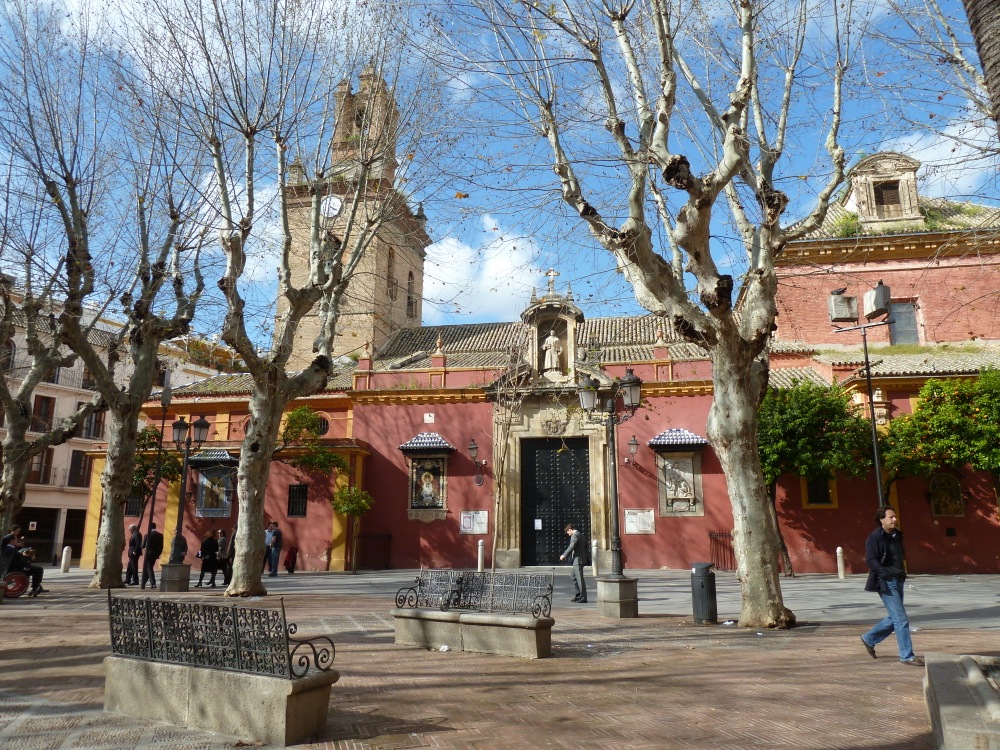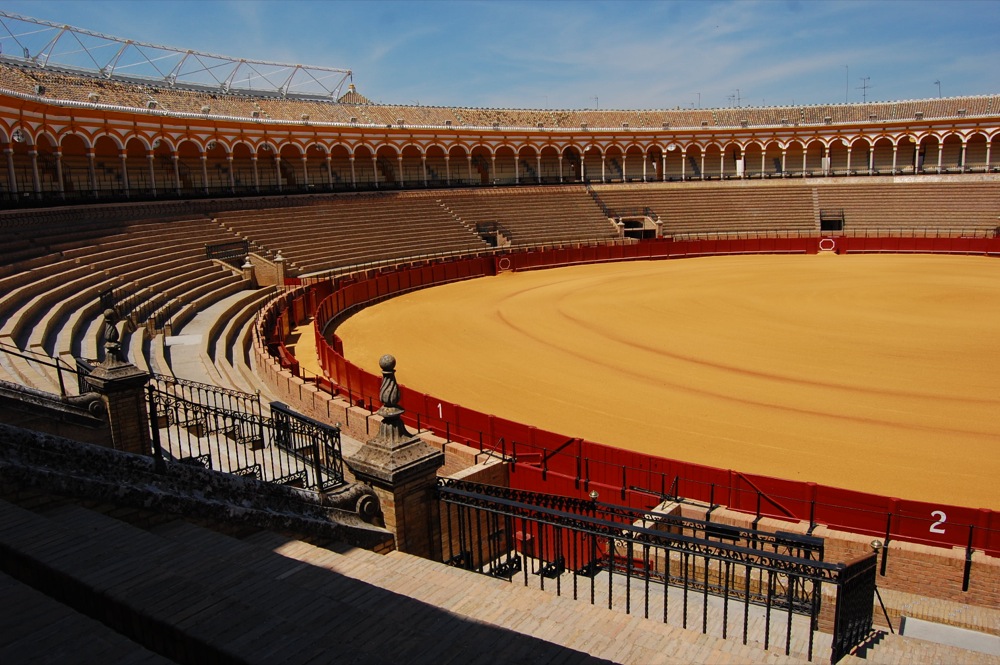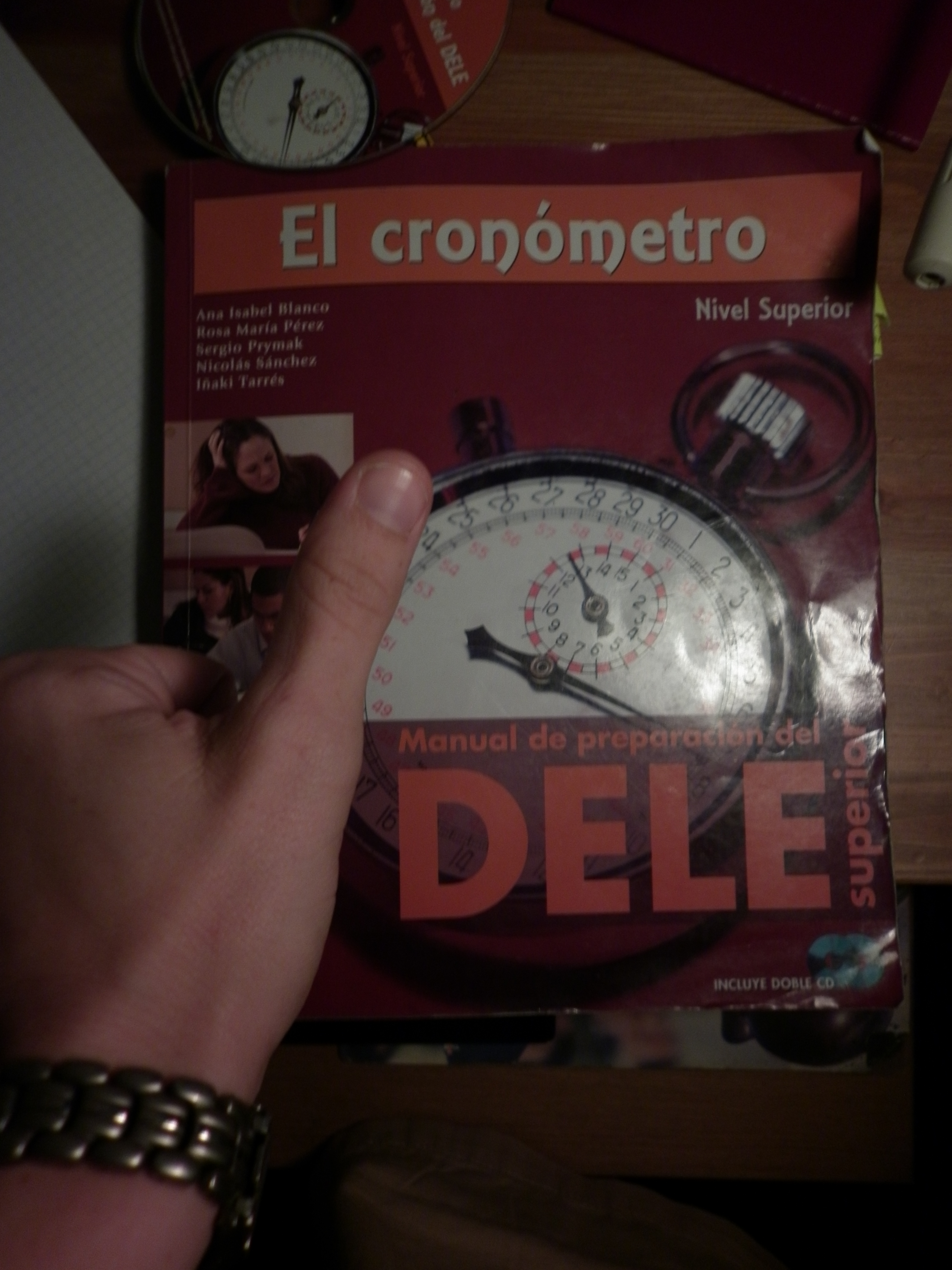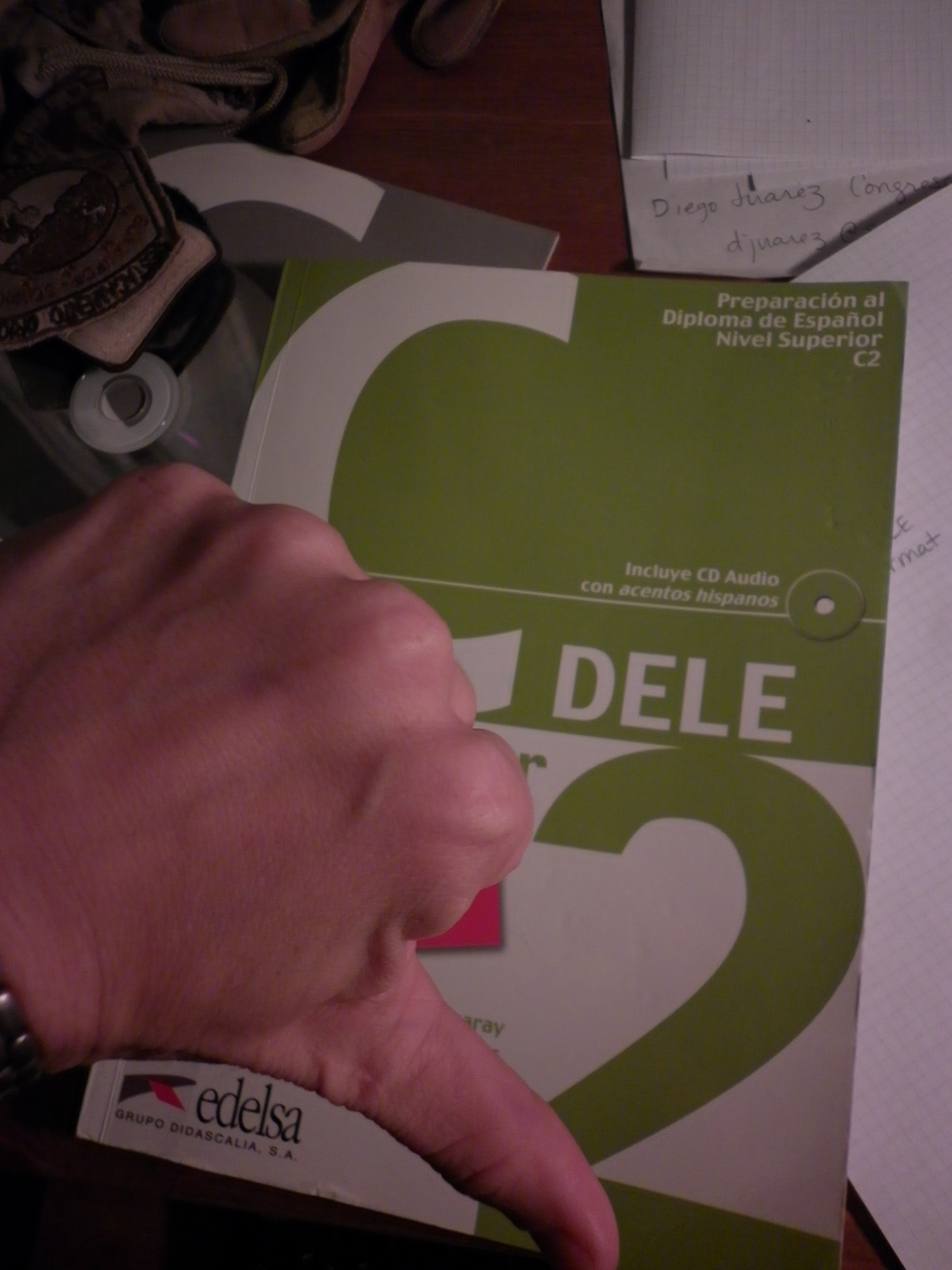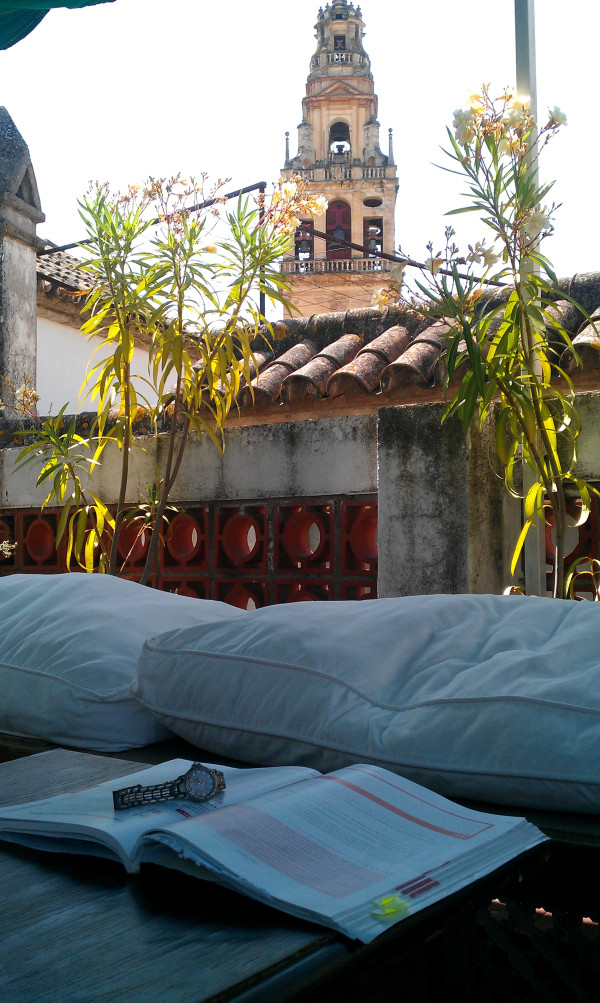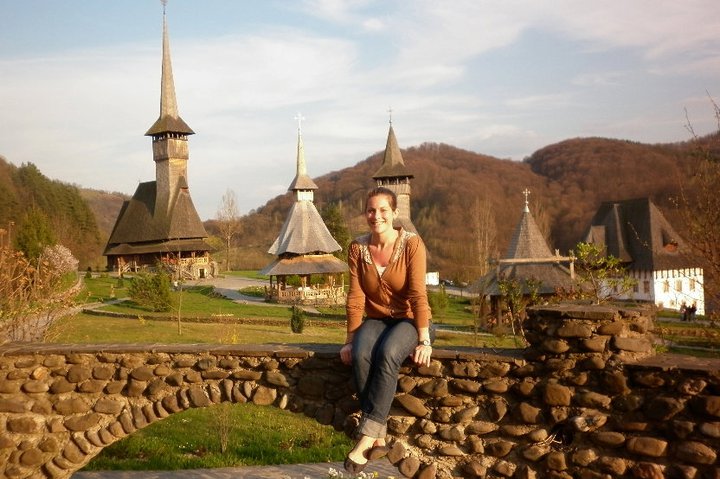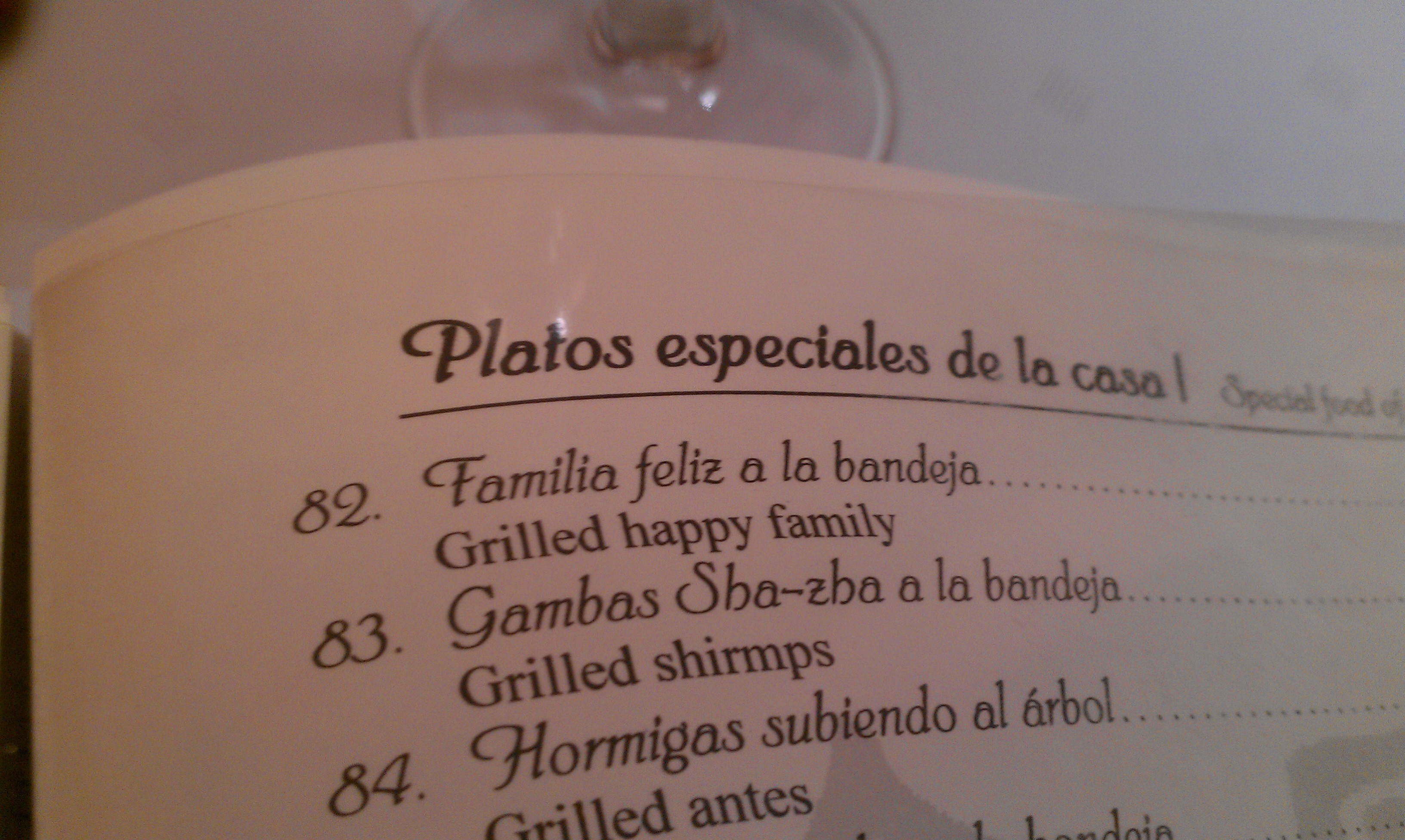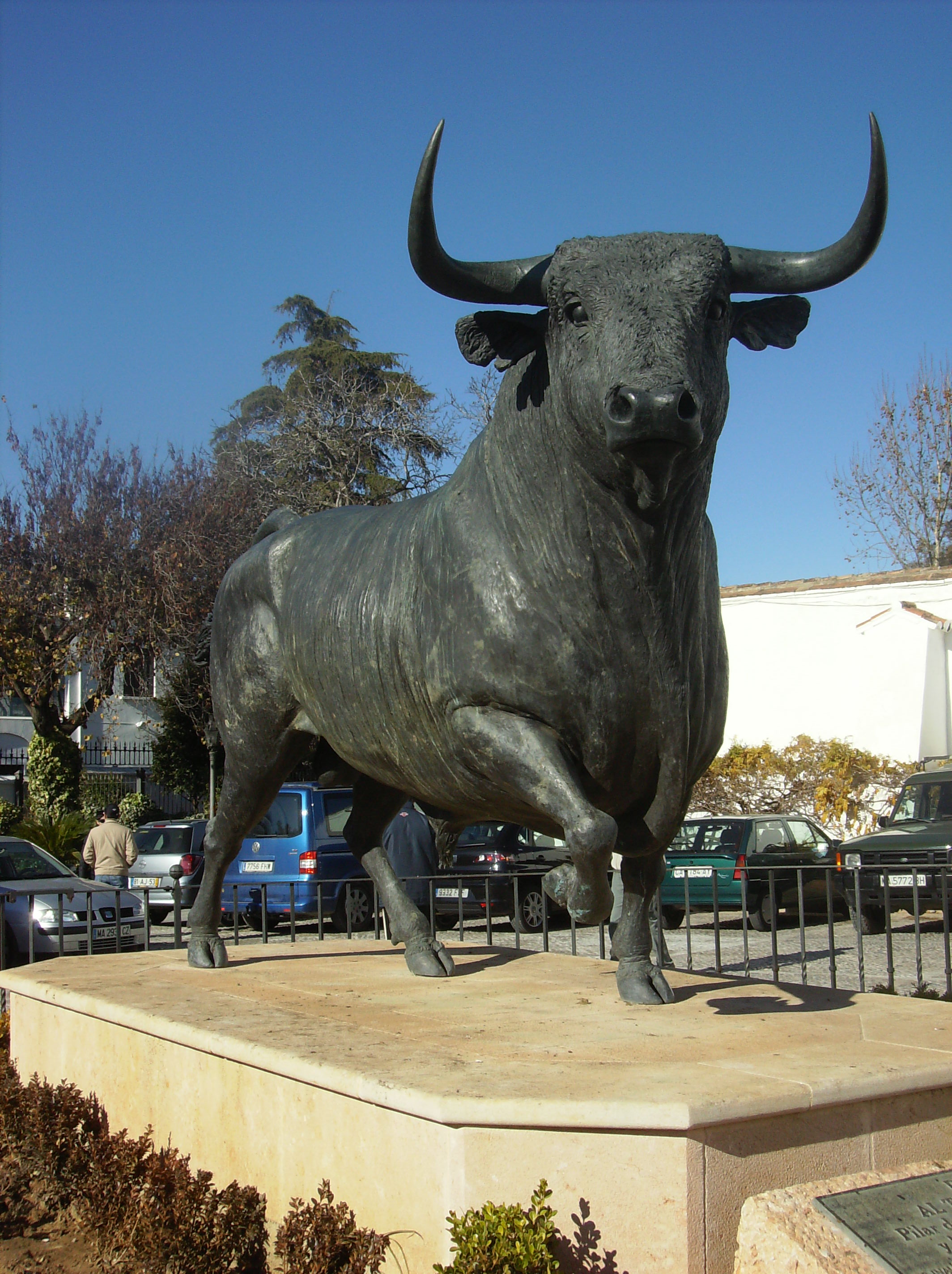It’s an enormous pleasure to welcome back my first guest blogger, Sandra Vallaure. As a Spaniard who’s lived in and traveled to an extensive list of countries, Sandra’s love for Seville started with a simple weekend getaway, and she’s called La Hispalense home for eight years now and is the author of the e-book Seville in Two Days. Read on for the second in a short series of tips for first-time travellers to Seville.
Day 2. Discover a flamboyant city
If you liked the experience, have breakfast at Horno San Buenaventura. This time you could go to the one located in the Plaza de la Alfalfa, 9.
Your day must start at the Casa de Pilatos, the finest palace in Seville, which is just up the road from the square. The mixture of styles (Gothic, Mudéjar and Renaissance) result in a very special place., and the two gardens are peaceful despite the noisy streets surrounding the Casa.
It’s a highlight you shouldn’t miss but here’s a tip: don’t pay to visit the upper floor; the real treasures are at the ground floor.
From there, walk through the center to the Palacio de Lebrija – a must-see if you liked Casa de Pilatos, as you’ll be touring a beautiful residence nearly on your own – or the Museo de Bellas Artes. The fine arts museum is the second largest in Spain after the Prado in Madrid.
A 10-minute walk gets you to Eslava (c/ Eslava, 5) a hidden gem outside the well-traversed tapas bar areas. It’s next to the Plaza de San Lorenzo, my favorite square in Seville. Another option is the Bodega Dos de Mayo (Plaza de la Gavidia, 6), a traditional bar with excellent food and prices.
After lunch, double-back on your track until you reach the Iglesia de la Magdalena. The exterior is beautifully decorated, especially its dome and roofs. The interior is also very rich and it’s one of the main examples of the Sevillian baroque architecture. Unfortunately, it needs urgent restoration in some parts.
La Maestranza is Seville’s stunning bullring and the oldest in Spain. Though not the oldest or largest , its traditional architecture and Andalusian touches make it a unique place. If you want to know more about bullfighting, the guided tour provides a good summary.
Then, cross the Puente de Triana, the oldest bridge above the Guadalquivir. Walk along the Calle Betis and enjoy the views of the Guadalquivir and the Torre del Oro.
I seriously recommend Las Golondrinas for dinner. You can either go to the classic one in Antillano Campos, 26 ,or the modern one in Pagés del Corro, 76. They are 2 minutes walking one from the other and the food is awesome.
Alternatively, you can try Paco España at c/ Alfarería, 18. It’s a very welcoming bar.
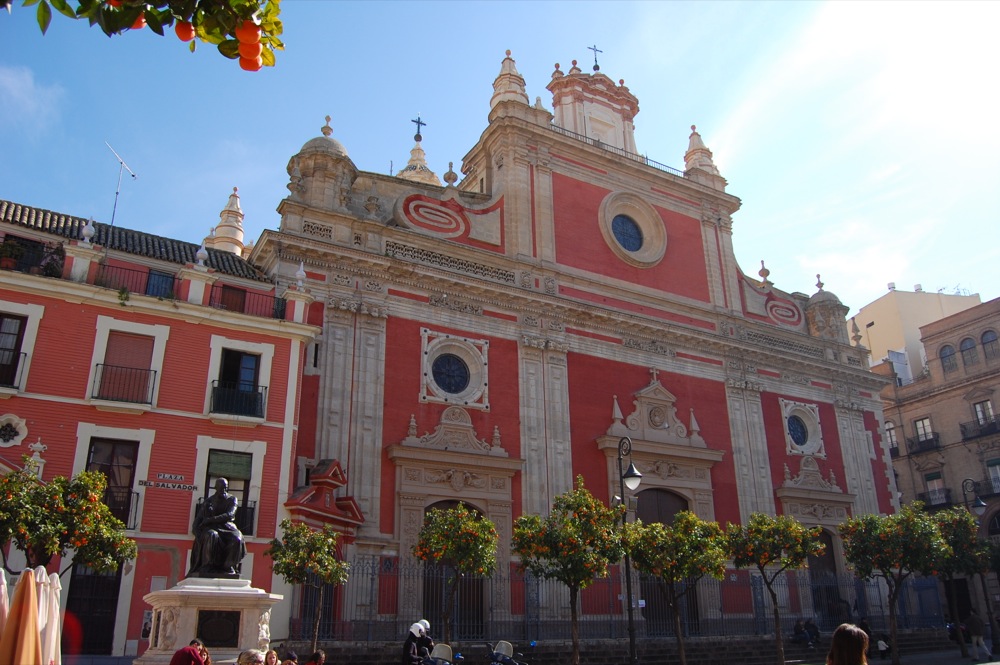
The salmon-pink facade of the Iglesia del Salvador is a popular meeting point for sevillanos. Photo by the author.
As you can see, Seville is one of the most vibrant cities in Spain. In my opinion, it’s also the most beautiful. Actually, if you ask around locals will tell you that “there’s no need to go anywhere else”. And they’re right!
ABOUT THE AUTHOR
Sandra lives in Seville and spends all her free time exploring the world. She is the editor of Seville Traveller, an online resource about the city. She has also published an e-book that will help you plan the trip of a lifetime. You can follow her on Twitter or keep posted through Facebook.

